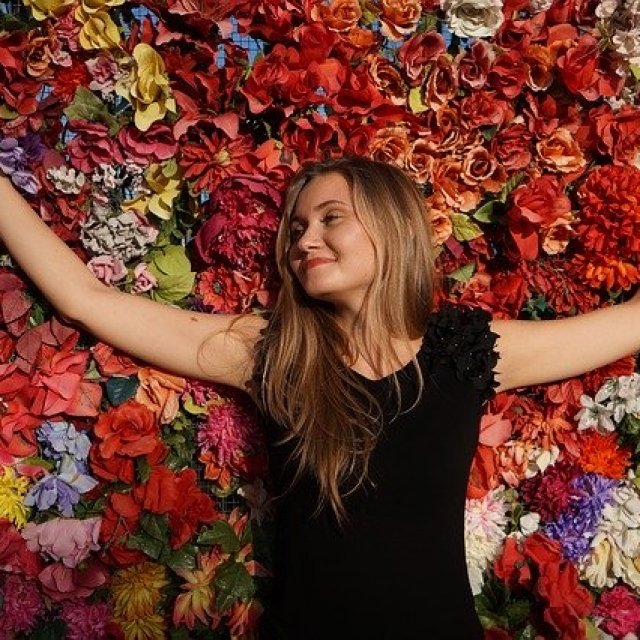Flowerbeds
We all secretly possess a green thumb. You might argue with this, but once you get outside, dig around a bit, plant something and organize a garden, it’s a liberating feeling. So even if you’re never gotten dirt under your nails before, keep reading because we’re talking flowerbeds and they’re a blast to arrange and addictive as well.
In the flowerbed world, there are two main types - borders and islands. Border flower beds are beds that are set against a backdrop. This could be a walkway, fence, hedge, or even your house. Border beds typically feature larger plants in the back that are either tall and skinny or more robust. It all depends on your personal taste. The middle row is then comprised of medium-size plants, and shorter plants in the front (10 inches in height or so). These shorter plants will line the front of the bed stretching the entire width.
Island beds appear just as they sound. They are islands with no backdrop, sitting on their own and visible from all sides. Island beds require some real creativity and put you (the gardener) on the spot as your handiwork will be seen from a 360-degree angle, in all its glory. Many seasoned gardeners love islands for this reason alone, while up and coming gardeners might want to put their skills on display. Just know that only those that truly love you will provide honest feedback. Everyone else will likely say, “yeah, it’s looking good, keep it up!”
Islands can be round, rectangular, square, whatever you’re into. The layout is similar to a border bed except the order of the plants is flipped. In the center, you’ll have your taller plants, grouped together, and then smaller plants surrounding them on the outer edges. The end result, if done right, is truly remarkable and some folks end up creating mini-islands throughout their front and backyards.
In terms of the types of flowers, herbs, and plants appropriate for flowerbeds, the choices are varied. Beds with perennials are quite popular and depending on your climate a great choice for a year-round bed. Perennials are unique in that some bloom in the fall, while others in the spring or summer. In conjunction, you can also combine daffodils or tulips, and both are taller than perennials so they can serve as the medium-size flower in the bed. Bold plants like rhododendrons, peonies, or roses are good tall plants, and mixing in herbs is also another angle you can take. Thyme is a good one as it thrives in the sun and hostas are good for the shade.
Lastly, now that you have the two types of beds to choose from, you’ll want to think about edging. This isn’t mandatory by any means, but creating a defined edge to your bed separates it from where the lawn or pavement ends, and your bed begins. For example, you can surround an island bed with rocks or larger stones on the edges. Some folks edge with mounded shrubs or even low growing grass. You can also raise both border and island beds if the soil underneath is poor or if you cannot dig into the soil for some reason. Raised beds can look great, but they can also appear awkward and out of place if not done correctly. If you’re interested in this option be sure to watch some tutorial videos ahead of time.
C’mon, that garden is looking shabby and needs some tender loving gardening!


Comments:
Login to leave a reply